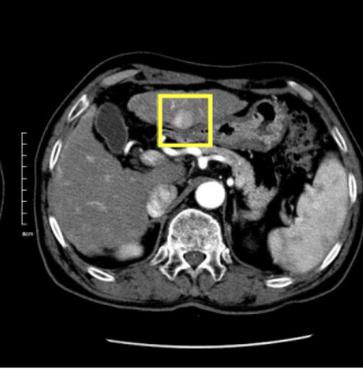SpineOne: A One-Stage Detection Framework for Degenerative Discs and Vertebrae
Spinal degeneration plagues many elders, office workers, and even the younger generations. Effective pharmic or surgical interventions can help relieve degenerative spine conditions. However, the traditional diagnosis procedure is often too laborious. Clinical experts need to detect discs and vertebrae from spinal magnetic resonance imaging (MRI) or computed tomography (CT) images as a preliminary step to perform pathological diagnosis or preoperative evaluation. Machine learning systems have been developed to aid this procedure generally following a two-stage methodology: first perform anatomical localization, then pathological classification. Towards more efficient and accurate diagnosis, we propose a one-stage detection framework termed SpineOne to simultaneously localize and classify degenerative discs and vertebrae from MRI slices. SpineOne is built upon the following three key techniques: 1) a new design of the keypoint heatmap to facilitate simultaneous keypoint localization and classification; 2) the use of attention modules to better differentiate the representations between discs and vertebrae; and 3) a novel gradient-guided objective association mechanism to associate multiple learning objectives at the later training stage. Empirical results on the Spinal Disease Intelligent Diagnosis Tianchi Competition (SDID-TC) dataset of 550 exams demonstrate that our approach surpasses existing methods by a large margin.
PDF Abstract

